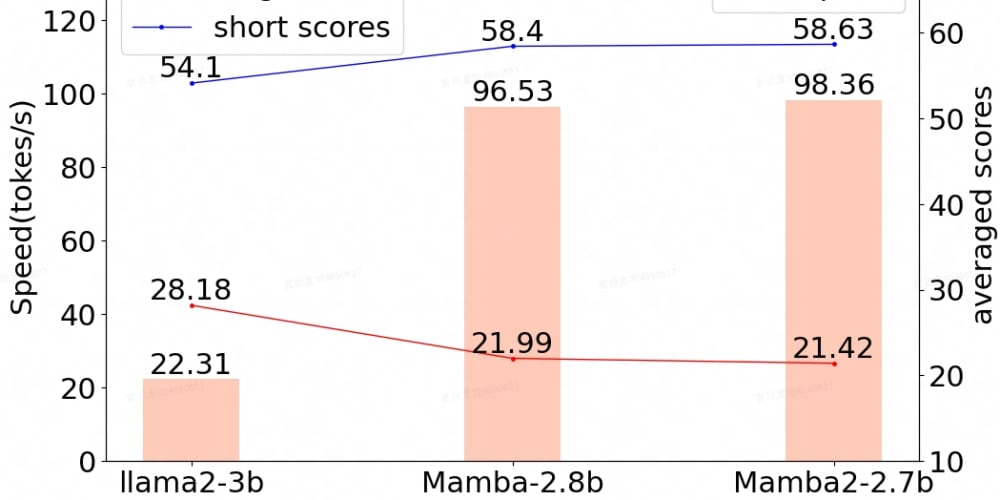1. Understanding Database Partitioning
1.1 What is Database Partitioning?
At its core, database partitioning involves splitting tables or indexes into smaller, more manageable pieces called partitions. Each partition can be managed and accessed separately, allowing for more efficient queries and operations. The partitioning can be done based on a range of criteria, such as date ranges, specific values, or hashing functions.
Example : Imagine a database storing a decade's worth of customer transactions. Without partitioning, the queries to fetch data would have to scan through the entire dataset. With partitioning, the data could be split by year, allowing queries to quickly access the relevant partition and speed up the retrieval process.
1.2 Types of Database Partitioning
There are several types of database partitioning, each with its unique benefits depending on the use case:
Range Partitioning : Divides data based on a range of values, such as dates.
Example : Splitting a transaction table into partitions for each year (2018, 2019, 2020).
List Partitioning : Splits data based on a list of predefined values.
Example : Partitioning a customer table based on regions (North, South, East, West).
Hash Partitioning: Uses a hash function to distribute data evenly across partitions
Example : Distributing user data based on the hash of the user ID.
Composite Partitioning: Combines two or more partitioning methods.
Example : Partitioning by region and then by year within each region.
1.3 Benefits of Database Partitioning
Partitioning offers several significant advantages:
Improved Performance : By dividing a large table into smaller partitions, queries can be executed more quickly since only relevant partitions are scanned.
Enhanced Manageability: Smaller partitions make it easier to perform maintenance tasks like backup, recovery, and indexing.
Scalability : As data grows, partitions can be added or removed without affecting the overall database structure.
Availability : In cases of partial failures, only specific partitions might be affected, allowing the rest of the database to remain operational.
Example Code:
Here’s an example of how to create a range partitioned table in PostgreSQL:
CREATE TABLE transactions (
transaction_id SERIAL PRIMARY KEY,
transaction_date DATE NOT NULL,
amount DECIMAL(10, 2)
) PARTITION BY RANGE (transaction_date);
CREATE TABLE transactions_2019 PARTITION OF transactions
FOR VALUES FROM ('2019-01-01') TO ('2020-01-01');
CREATE TABLE transactions_2020 PARTITION OF transactions
FOR VALUES FROM ('2020-01-01') TO ('2021-01-01');
1.4 Drawbacks and Considerations
While partitioning provides numerous benefits, it also comes with potential challenges:
- Complexity : Managing multiple partitions can increase administrative overhead.
- Limited Query Flexibility : Queries that do not align well with the partitioning scheme might suffer from reduced performance.
- Resource Allocation : Partitioned tables may require more resources to manage and maintain.
2. Why Should You Use Database Partitioning?
Database partitioning is not just a technical choice; it’s a strategic decision that can impact the entire system's efficiency and performance. Here’s why you should consider it:
2.1 Optimized Query Performance
Partitioning allows for more efficient query processing by limiting the amount of data that needs to be scanned. Instead of scanning an entire table, queries can target specific partitions, reducing the query time and improving overall performance.
Example Demo:
Consider a query to fetch transactions from 2020:
SELECT * FROM transactions
WHERE transaction_date BETWEEN '2020-01-01' AND '2020-12-31';
With partitioning, the database will only scan the transactions_2020 partition, leading to faster results.
2.2 Improved Maintenance and Backup Strategies
Smaller partitions allow for more targeted and efficient maintenance operations. For example, backups can be performed on individual partitions rather than the entire database, saving time and reducing storage requirements.
Example : If you want to back up only the 2019 data:
pg_dump -t transactions_2019 > transactions_2019_backup.sql
This approach is quicker and uses less storage than backing up the entire table.
2.3 Scalability for Growing Data
As data grows, so does the need for scalable solutions. Partitioning enables you to handle large datasets by distributing them across multiple partitions. You can easily add new partitions as needed without disrupting the existing structure.
Example
Adding a new partition for 2021:
CREATE TABLE transactions_2021 PARTITION OF transactions
FOR VALUES FROM ('2021-01-01') TO ('2022-01-01');
This flexibility allows the database to scale horizontally, accommodating more data without degrading performance.
2.4 Enhanced Data Availability
In the event of a system failure, partitioning can help ensure that the unaffected parts of the database remain available. For instance, if a specific partition is compromised, the rest of the partitions can continue to operate normally.
Example Scenario:
If the transactions_2019 partition is corrupted, the transactions_2020 partition will still be accessible, ensuring that your system continues to function.
3. Conclusion
Database partitioning is a powerful tool for managing large datasets, improving performance, and ensuring scalability. By understanding and implementing the right partitioning strategy, you can optimize your database operations and prepare your system for future growth.
If you have any questions or need further clarification, feel free to leave a comment below!
Read posts more at : Reasons to Use Database Partitioning: What Is It and Why It Matters?






















